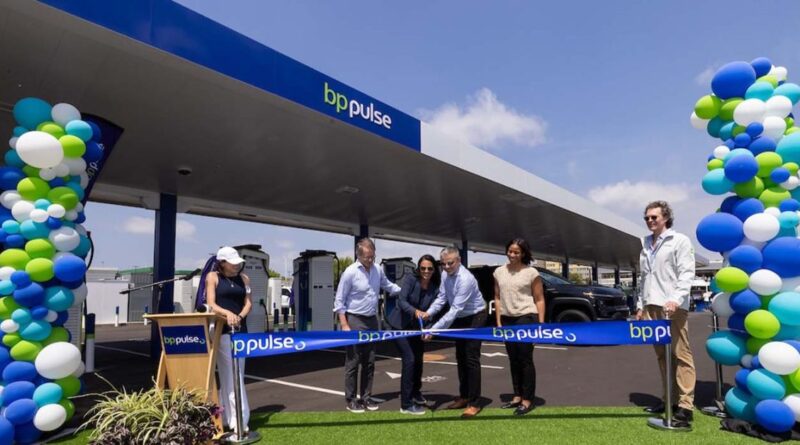The US has added 4,200 new ports of rapid DC changes, and that’s just Q2

Despite the growing uncertainty about the federal policy of charging EV, the infrastructure of rapid charge in the US does not slow down-on-it.
The new industrial report from the EV Paren data company shows that 2025 is formed as a record year to deploy a fast DC charger. “Industry report: US EV FAST charging-Q2 2025” predicts 19% year-on-year jump in port installations-16 700 new fast charging ports-and this is at the top of the record 2024.
Q2 saw 4,242 new Ports rapid DC changes, thus increasing the total number to 59.694 – 23%. This is 784 new Quick DC charging stations. It is important to realize that Trump could have ripped out the financing (and then was made to return some of them), but many of these projects were already underway. Paren expects that this momentum will continue in the rest of the year 2025. More, Nevi Chargers accounts for only one -digit percent of the new DC fast chargers coming online in 2025.
“2025 will be a record year for deploying Ports rapidly charging DC – and 2024 was the highest year in the record,” said Loren McDonald, the main analyst of Paren. “The design of 2.0 players deploys new – and larger – stations in the market.”
Parent data shows that this industry consolidates hubs with 8, 10, 12, or more ports and high peer hardware, which change faster and higher throughput. Reliability is also improving: the US US border index published for 5.3% year -on -year profit when aging loaders and more robust are replaced by online stations.
National average use dropped slightly in the fourth quarter to 16.1%, from 16.6% in Q1. While part of this drop is caused by warmer weather, the paren indicated some surprising slowdown in the markets, where the use of the charger was historically strong – a possible early sign that in some areas it can start with Charger’s glow.
At the price queue, fast charging is slightly cheaper overall. The average price of the National Kilowatt hour dropped to $ 0.48, out of $ 0.50 in Q1. This means that multiple stations are moving from prices with a flat rate to stations 366 stations that switched in the last quarter, and one third of them were in California.
However, this does not mean that prices fall everywhere. Almost a third of fixed stations or the prices tuned their rates in the fourth quarter, either up or down. In California, average prices were activated by three cents between stations that caused a change.
Paren concluded that all characters indicate the EV charging industry to the new phase – what it calls “charging 2.0” – where the scale, speed and customer experience controls another wave of deployment. And while federal incentives can turn back, private investments increase.
“Charging point operators providing strong customer experience, reliability, trouble-free payment and transparency of prices, premium amitenites, and safe and well-lit places, gain long-term loyalty from EV drivers,” said Heiko Schmidt, VP, Mercedes-Benz HPC North North.
Read more: Wawa gets from Ionna very fast loaders EV

This year, 30% of the federal solar tax credit ends. If you have ever considered solar energy, now it is time to act. You want to make sure you find a trusted and reliable solar installation in your area that offers prices, see EnergyFree service that makes solar energy easier. Hudreds have preliminary solar installations that compete for your business and ensure that you get high quality solutions and save 20-30% compared to it. More is free for use and you will not have sales calls until you choose installation and share your phone number with them.
Your personal solar quoot is easy to compare online and get access to Abiased Energy Advisors to help you at every step. Start here.
FTC: We use Insure to earn automatic affiliate links. More.

